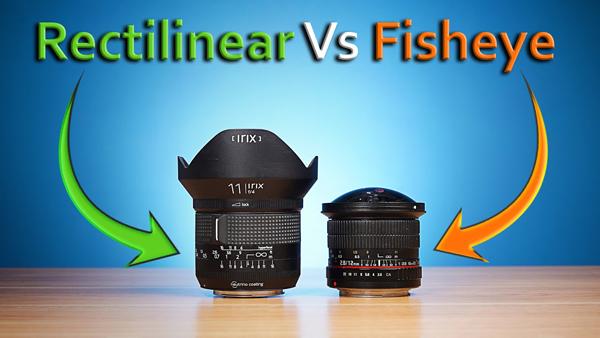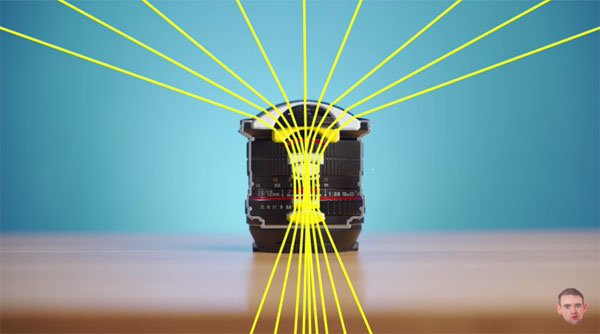Fisheye vs Rectilinear Lens: What’s Best for You? (VIDEO)

If you’re in the market for an ultra-wide lens you’ve probably noticed they’re available in two basic configurations; fisheye and rectilinear. So what’s he difference, and which type best suits your needs?
In basic terms, the fisheye lens is intentionally designed for extreme distortion and some deliver circular images. Rectilinear lenses are sort of the opposite in that, despite their wide field of view, they deliver a more conventional aspect ratio, although straight lines are still skewed unless they pass through the center of the frame.
Fisheyes are specialty lenses with more limited application, unless you’re really fond of the unusual look they provide. There are also differences in the way you compose shots with these noticeably different options.

The video below from British pro Dave McKeegan goes into far more detail, in barely six minutes, so you can make a well-informed choice. He includes clear illustrations and images shot with both types of lenses so you’ll understand what to expect.
McKeegan discusses the concept of diffraction, and you’ll see how lenses with very convex front elements bend light to achieve an acute angle of view. He also explores what this means for photographing different types of scenes.
As he explains, “a fisheye lens leans into that distortion, whereas rectilinear lenses try to cancel it out.” That’s why rectilinear lenses tend to be constructed with extra elements and use a more complex design in an attempt to minimize all the distortion.

McKeegan compares an 11mm f/4 rectilinear lens to a 12mm f/2.8 fisheye to illustrate what all this means in practical terms. As you’ll see, the differences are quite dramatic. There’s also a significant disparity in size, cost, and field of view (despite the similar focal lengths).
Bottom line: There are pros and cons to both types of lenses and it boils down to personal preference. So take a close look and choose wisely.
You can find more helpful photography information on McKeegan’s YouTube channel, so be sure to take a look.
And when it comes to the opposite end of the focal length spectrum, check out the tutorial we posted earlier explaining several common telephoto lens mistakes and how to avoid them.

















































